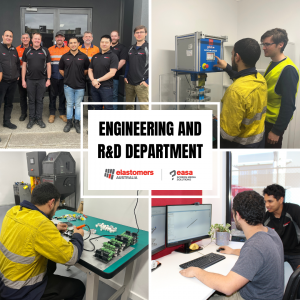
ELASTOMERS AUSTRALIA WINS AWARD FOR ENGAGEMENT CHANGE
A concerted focus on changing business culture has landed Elastomers Australia first place in a national award.

A concerted focus on changing business culture has landed Elastomers Australia first place in a national award.

It is one thing for an organisation to make noise about its values and culture, but quite another to show that they are genuine.

“One team” is something that drives the Elastomers Australia Singleton branch every day.